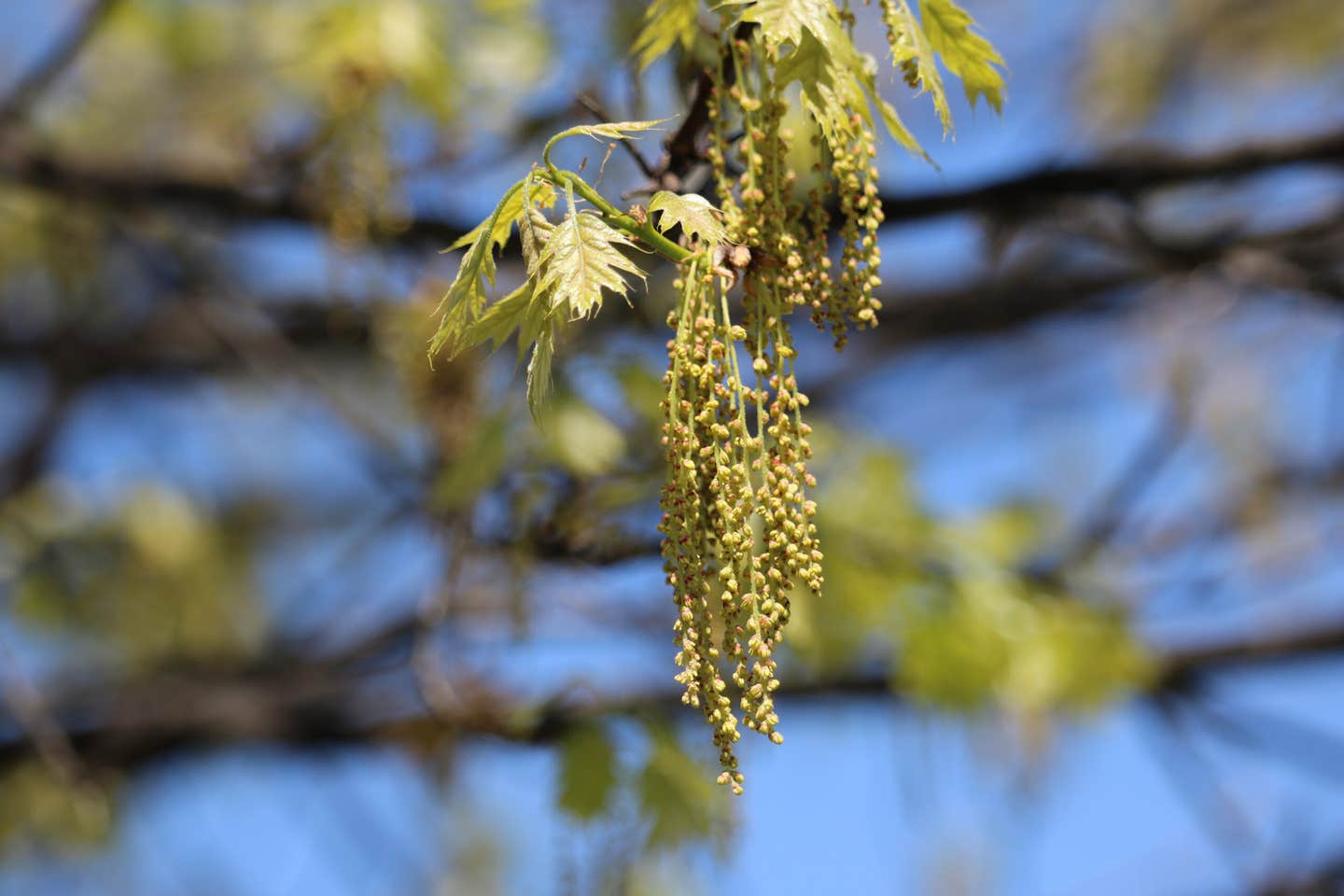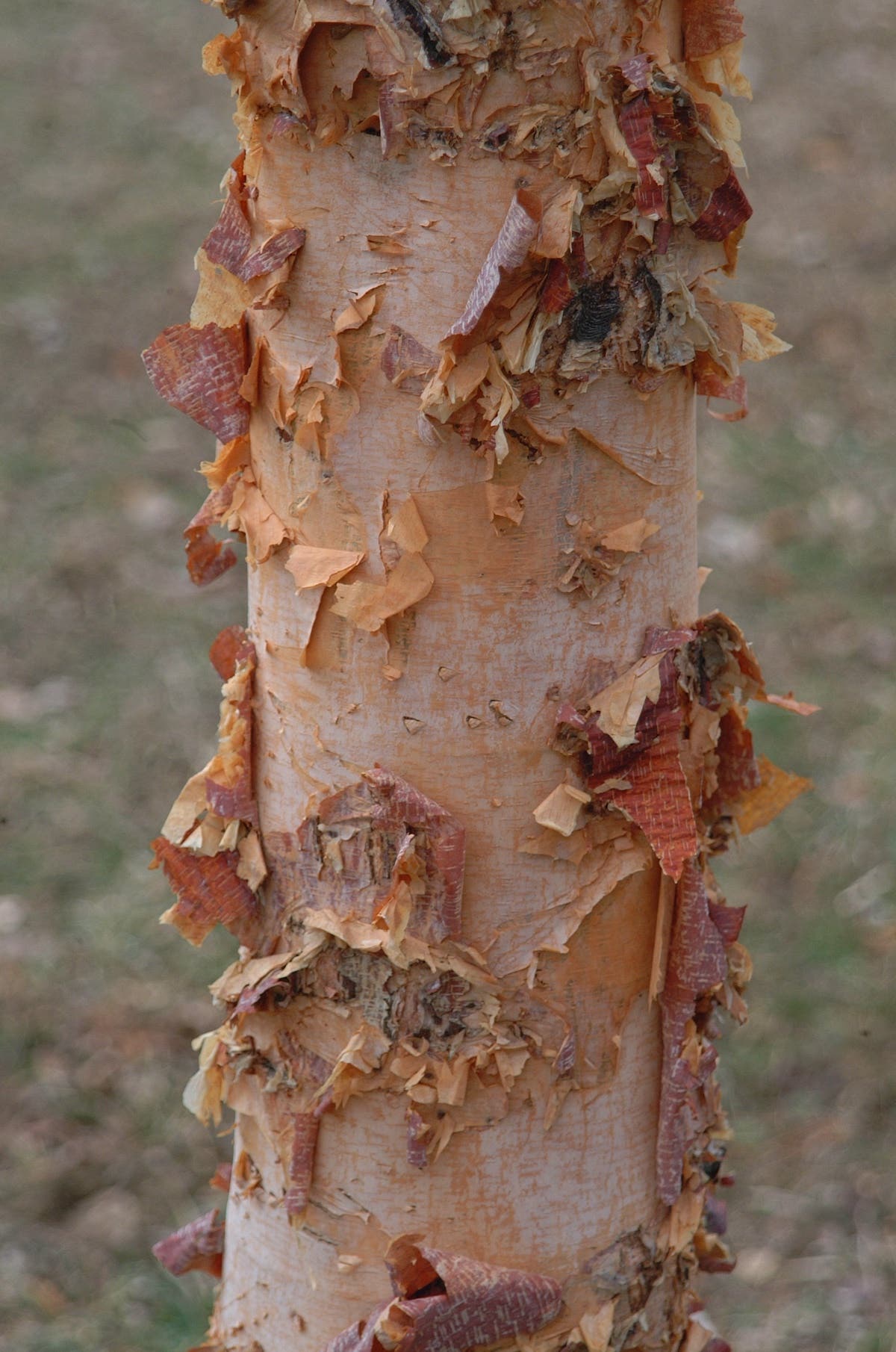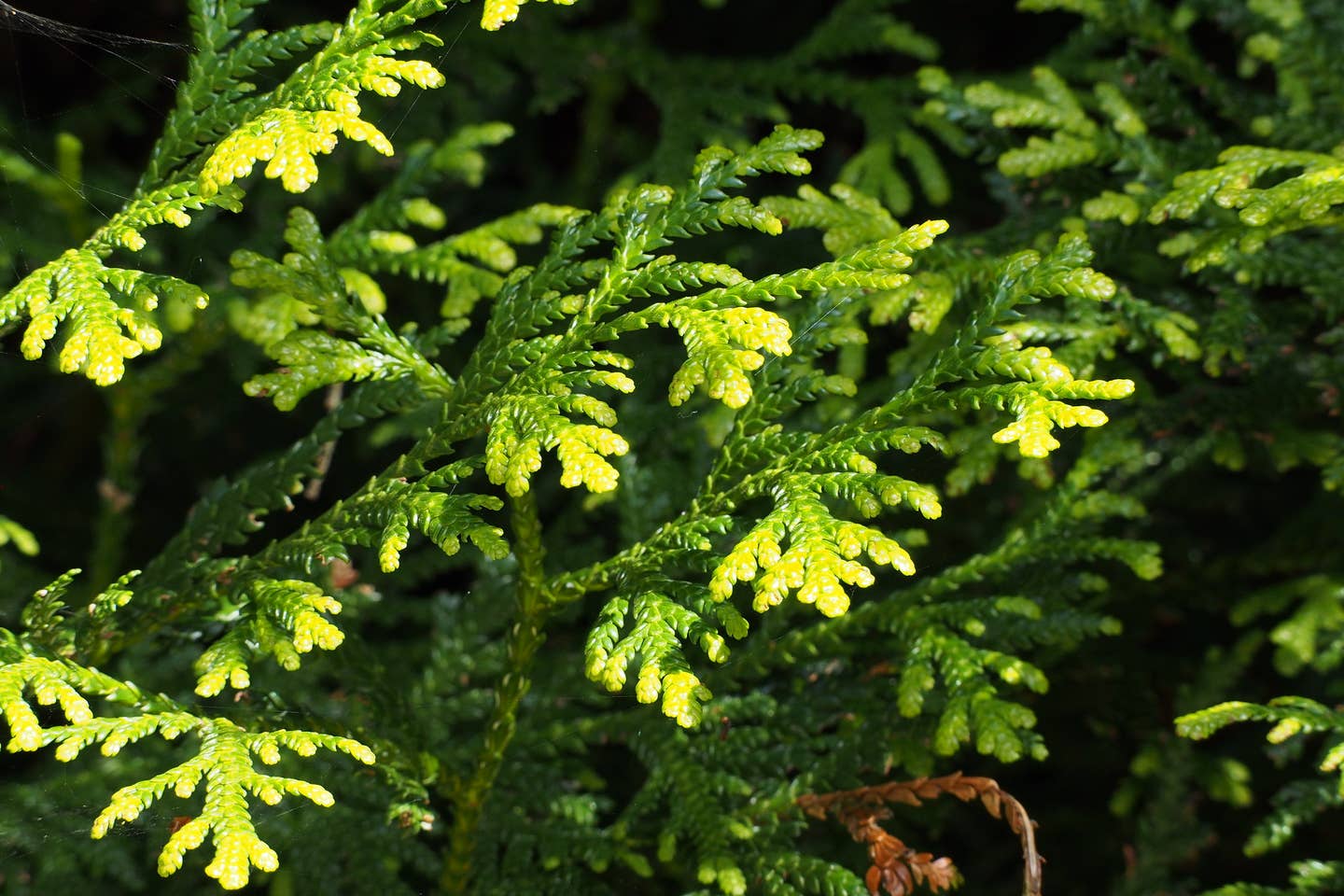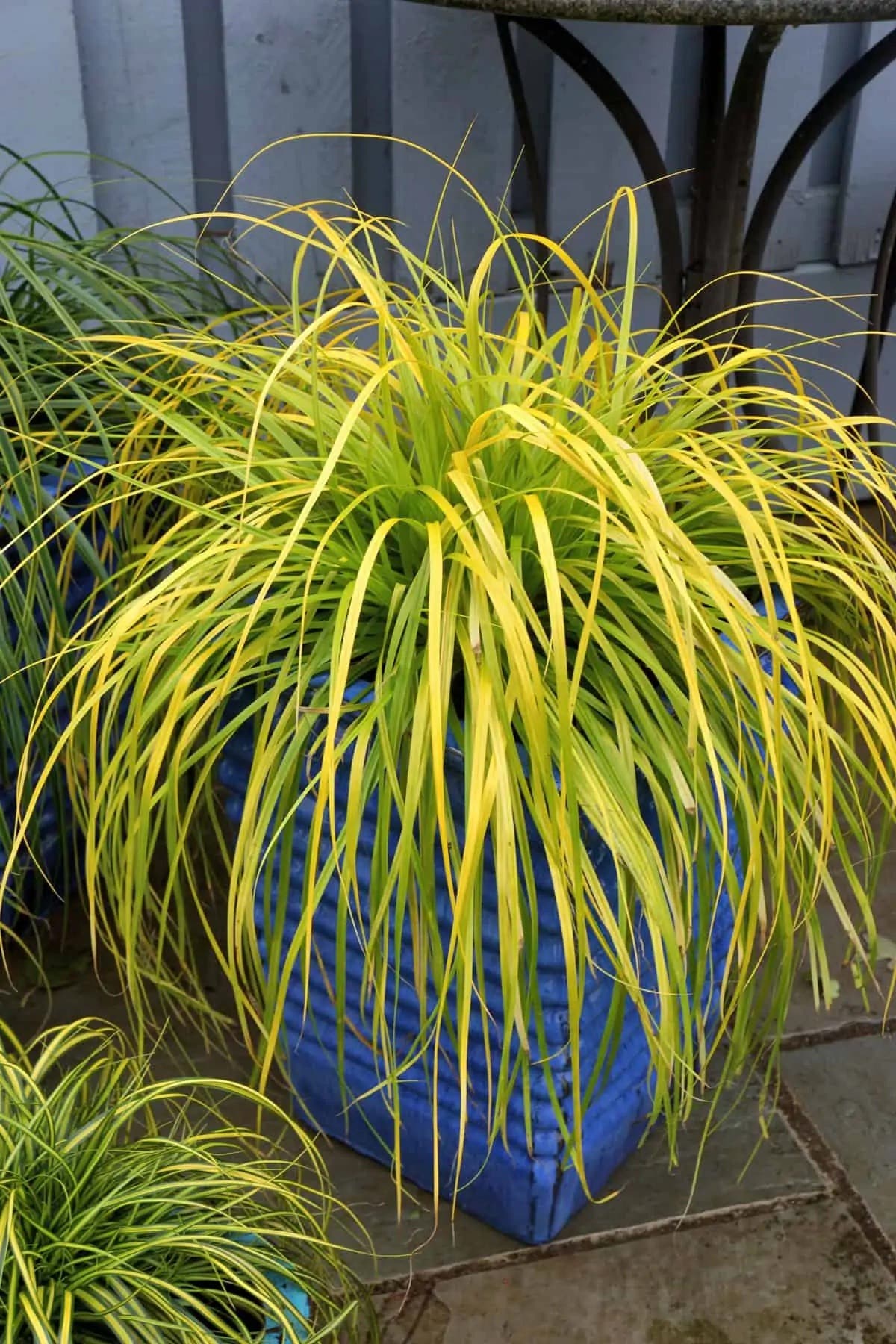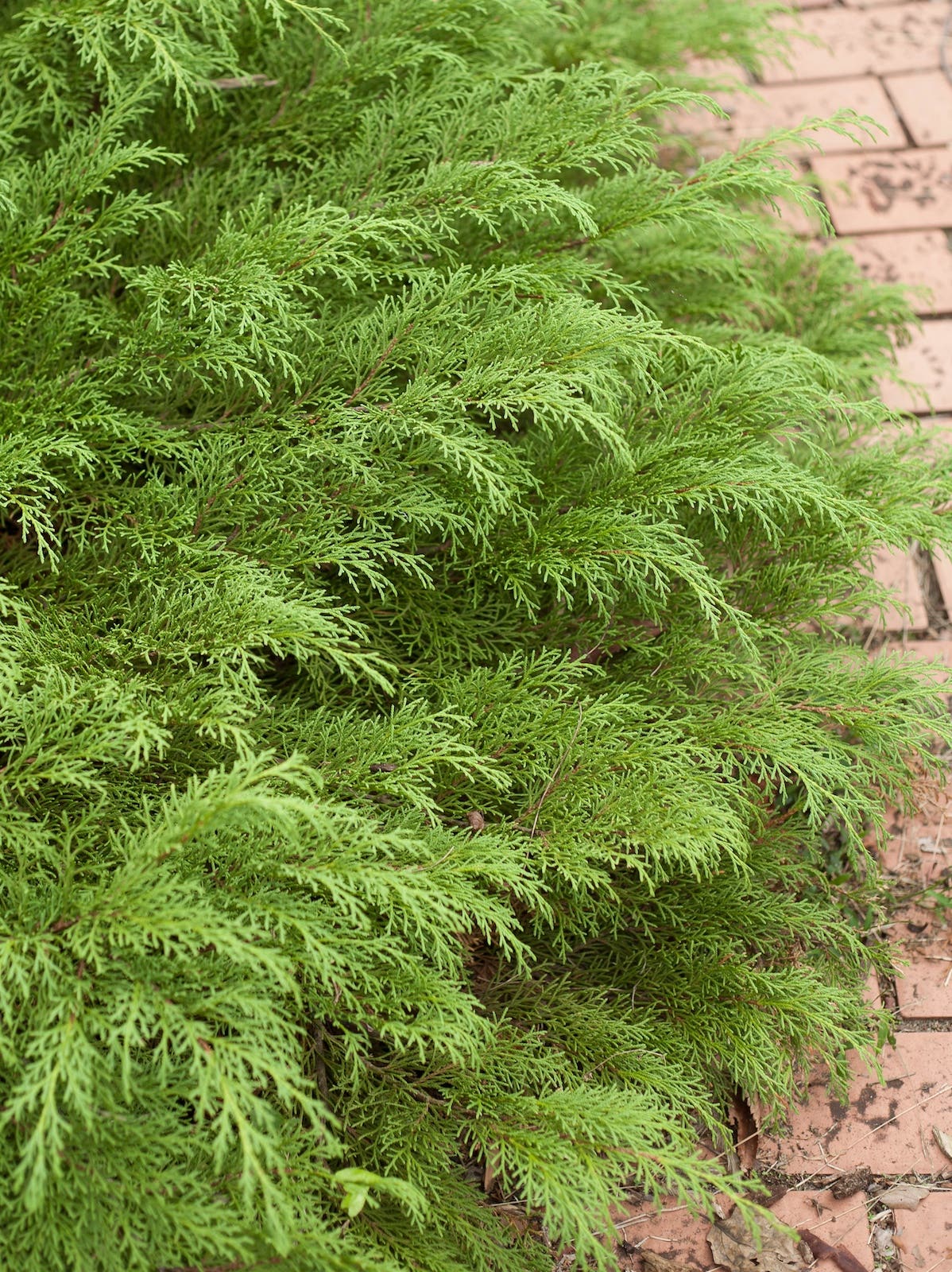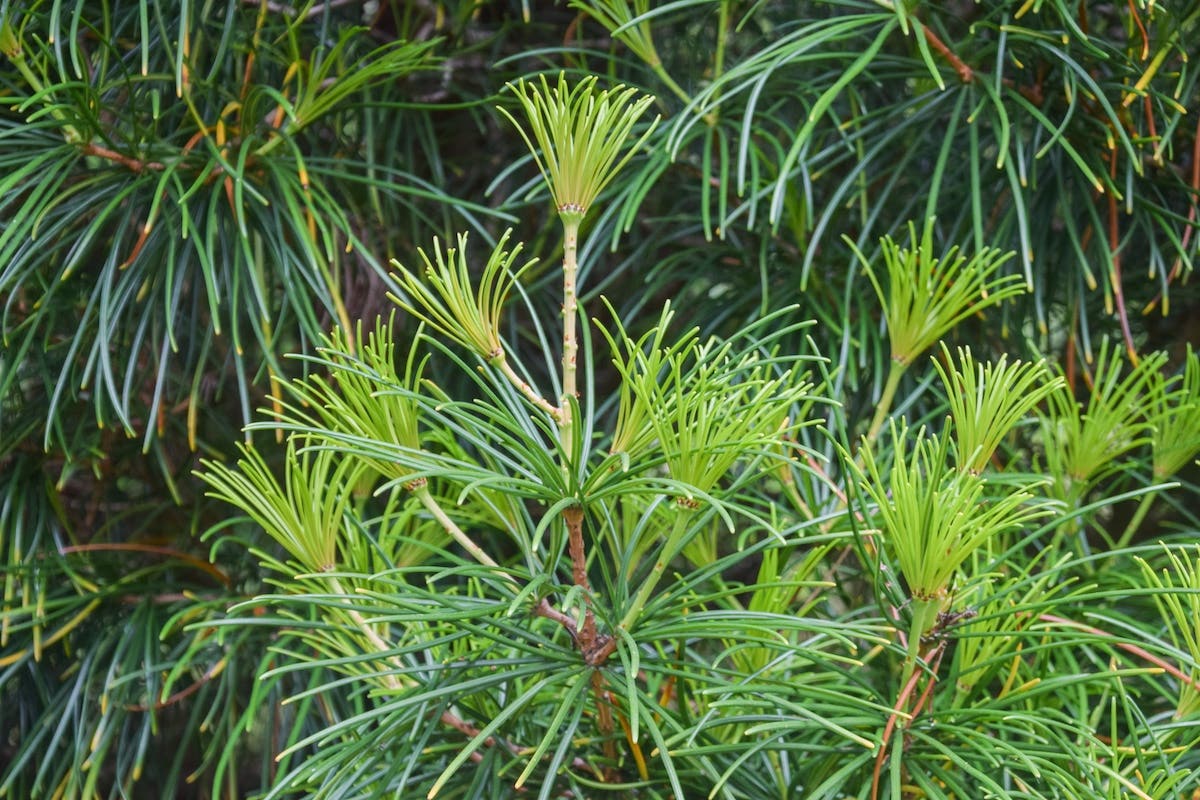Hydrangea arborescens
It’s easy sometimes to take a good plant for granted. I don’t think I fully appreciated the ornamental potential of smooth hydrangea until I saw it in Helen Dillon’s superb garden in Dublin, Ireland . . .
IT'S EASY sometimes to take a good plant for granted. I don't think I fully appreciated the ornamental potential of smooth hydrangea until I saw it in Helen Dillon's superb garden in Dublin, Ireland (open to the public March through September). An accomplished colorist as well as an outstanding plantswoman, Dillon had positioned a specimen of H. arborescens 'Annabelle' at the end of her sumptuous red border. The hydrangea's immense, creamy-white panicles of sterile flowers served as a perfect foil both to the blazing scarlet flowers of penstemons, fuchsias, and crocosmias and to the dusky foliage of purple cotinus and barberries. A versatile shrub, 'Annabelle' is equally at home with pastel blues, mauves, and pinks, and can in fact be counted upon to enhance any situation where her impressive embonpoint of blossom is appropriate to the scale and setting. Should you find 'Annabelle' a bit overwhelming, you might be more comfortable with the cultivar 'Grandiflora', which was the predominant horticultural form of the plant before 'Annabelle' made her debut in the early 1960s. The flower clusters of 'Grandiflora' aren't as full and symmetrical as those of 'Annabelle', but they are arguably better proportioned, and, by virtue of their smaller size and lighter weight, they avoid 'Annabelle's tendency to drag her flowering stems in the mud. If your main interest is in foliage rather than flowers, you may find it rewarding to track down the subspecies radiata, whose dark green leaves have startlingly white undersides. The plain form of the species is unlikely to appeal to anyone other than native plant purists, for the flower clusters bear few if any of the showy sterile florets that make 'Annabelle' or 'Grandiflora' so eye-catching, and the tiny fertile flowers, which can be prettily colored in other Hydrangea species, are a fairly nondescript white.
Aside from its showy flowers, neat, mounded habit, and lack of fussiness with regard to soil type, smooth hydrangea's great virtue is its comparative hardiness. Because the plant blossoms on new wood, USDA Zone 4 gardeners who despair of growing the brilliantly colored forms of H. macrophylla can grow smooth hydrangea with ease. Pruning, if any needs to be done, should be carried out in early spring. Cutting the stems back hard, by the way, will result in especially large flower heads. Although the plant can be grown in full sun (provided it gets plenty of water), it is much happier in partial shade; indeed, it seems to look best in such situations, where the developing flower clusters, slowly maturing from apple green to ivory, light up the dappled shadow during the day and, later, seem to glow in the mild June twilight.
AT A GLANCE
Type of plant: deciduous shrub
Family: Hydrangeaceae
Height: 3 - 6 ft.
Spread: 3 - 6 ft.
Habit: dense, mounded, spreading by suckers
Flowers: borne on new wood in flat-topped clusters to 6 in. across; fertile flowers 1/8 in. across, sterile flowers 1 in. across; greenish maturing to creamy white
Leaves: opposite, ovate, elliptic, cordate, 2 - 8 inches long, dark green
Bloom period: late June - August
Natural range: southern New York south to Georgia, west to Arkansas
Hardiness: USDA Zones 4 - 9; Sunset Zones 1 - 14, 21, 28 - 43
Cultivars: 'Annabelle', full flower clusters to 1 ft. across, blooms slightly later than 'Grandiflora'; 'Grandiflora', clusters composed mostly of sterile florets; subsp. radiata, underside of leaves bright white
Propagation: by softwood cuttings taken May - June


